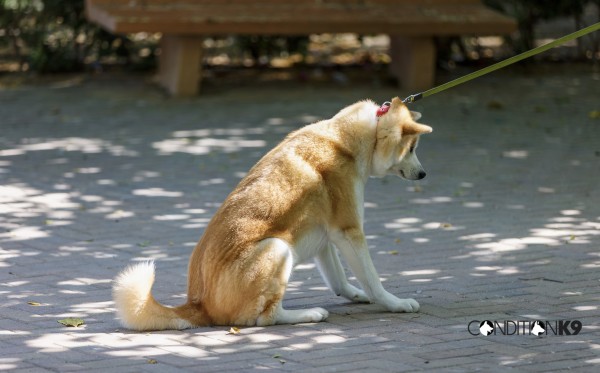Leash Training 101: How to Stop Pulling and Enjoy Peaceful Walks

United States, 4th Nov 2025 – Daily walks should be relaxing and enjoyable — a chance for you and your dog to move, explore, and spend quality time together. But if your dog is constantly dragging you down the sidewalk, lunging toward every smell, or turning your walk into a workout you didn’t sign up for, it can quickly become frustrating.
The good news? Leash pulling is one of the most common training challenges, and it can be resolved with the right approach and a little consistency.
Let’s break down how to teach your dog to walk calmly by your side.
Why Dogs Pull in the First Place
Pulling doesn’t mean your dog is being disobedient. It’s usually because:
- Dogs naturally walk faster than humans.
- The world is exciting, and they want to explore it right now.
- Pulling has worked before — it got them closer to what they wanted.
Your job during training is to teach your dog that a loose leash is the key to moving forward, not pulling.
Start with the Right Equipment
Choosing the right tools can make training much easier.
Recommended for training:
- A standard 4–6 foot leash (no retractable leashes — those encourage pulling)
- A front-clip harness or martingale collar
- Small, tasty treats your dog actually loves
A front-clip harness helps guide your dog gently without choking or causing pain.
Begin Training Somewhere Quiet
Trying to train leash manners in a busy neighborhood is overwhelming for most dogs. Start somewhere calm and distraction-free — indoors or in your backyard works great.
Practice short sessions:
- Put on the leash.
- Take a few steps.
- Reward your dog any time the leash stays loose or they look up at you.
You’re teaching:
Walking politely = rewards and movement.
Use the Stop-and-Stand Method
This is the foundation of loose-leash walking.
When your dog pulls:
- Stop walking immediately.
- Stand still and wait.
- When the leash loosens or the dog returns to your side, continue walking.
No scolding. No leash jerking.
Your dog will quickly learn:
Pulling stops the fun.
Staying close keeps the fun going.
Consistency is everything here.
Reward What You Want to See
Don’t just correct pulling — make sure you reward good moments, too.
Praise or treat your dog when they:
- Walk beside you
- Check in with you visually
- Match your pace
- Keep the leash slack
Over time, your dog learns that being near you is not only easier — it’s rewarding.
Keep Sessions Short and Positive
Dogs learn best through repetition, not long training marathons.
Try:
- 5–10 minute sessions
- A few times per day
- Slowly introducing more distractions as your dog improves
The goal is steady progress, not perfection overnight.
What to Avoid
For successful leash training, skip the following:
- Retractable leashes — they teach the dog to pull
- Yanking the leash — this can create fear or tension
- Choke chains or prong collars — they rely on pain, not communication
- Inconsistent rules — if you allow pulling sometimes, the training resets
The Payoff: Walks You Both Look Forward To
Leash training takes patience, but the reward is worth it. When your dog learns to walk calmly beside you, your daily outings become easier, more enjoyable, and a great way to bond.
With clear guidance, fair expectations, and positive reinforcement, your dog will learn that the best place to be is right there beside you. 🐾
Courtesy of Certified Dog Trainers and Board and Train. Click here for more on Condition K-9. Follow us on Facebook & Twitter.
This content is not to be considered as expert advice but rather as a general reading pleasure. For proper dog training, consult with an expert Phoenix dog trainers.
Company Details
Organization: Condition K-9 Dog Training
Contact Person: General Manager
Website: https://conditionk-9.com
Email: Send Email
Country: United States
Release Id: 04112536506
